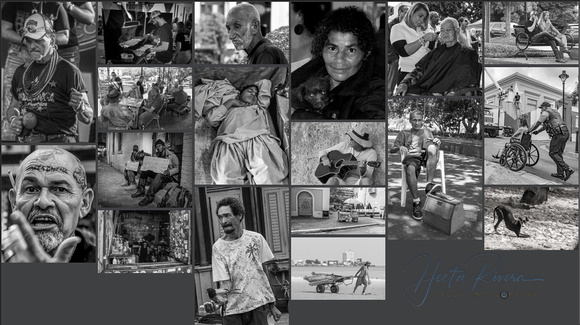Street photography is a photographic genre that presents great challenges, possibly one of the most difficult. The beginnings of street photography date back to the late 19th century with the introduction of portable cameras. It is known as street photography because the movement began in the streets of large cities, but today it is not only about images made in the streets, but images also made in any public place, such as parks, beaches, squares, and others, are accepted as street photographs.
Even when I mention that photos taken in any public place can be considered Street Photos, not all of them can be categorized as such. Here part of the difficulty of the genre. For a photograph to be considered in the genre of complying with several elements. First, as follows from the above, they must be done in public places. Second, it must have a strong subject, easily identifiable main subject. Not necessarily a person, it can be an animal, a building, a figure, or any element of interest. Third, the picture should show a story of everyday life. Here is the difficulty and the magic of street photography. They are images that tell a story in a daily and real way. Sometimes with a documentary intention, with social content, historical nature, or simply for its a esthetic appeal.
]]>
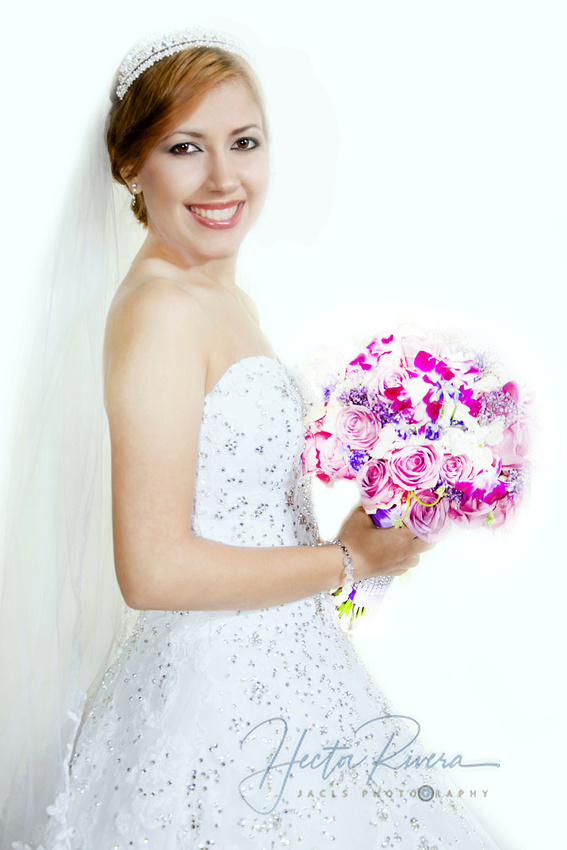

]]>
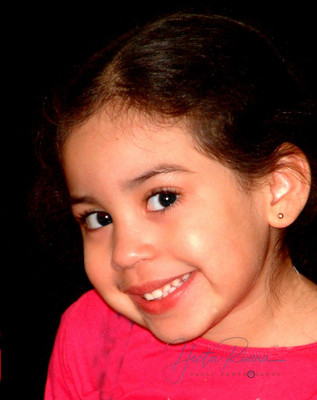 Just about Light and Shadows
Just about Light and Shadows
The key element of photographer is light, without light imagery is impossibility. For this reason it's important to know about different types of lighting and its effects on the subject. Understanding the relationship between light, subject and shadows is the basis to successful photography. In this article I will basic knowledge of the most commonly used lighting terms in modern photography.
High and Low Key
High Key and Low Key refer to the type or style of lighting used to illuminate a set or scene. High-key lighting is bright and even illumination that provides an uplifting or happy mood. This type of lighting minimizes shadows and harsh details providing a soft effect with little contrast. Opposite, Low-key lighting provides heavy contrast, with subjects and scenes containing strong highlights and shadows. This is a very dramatic approach to illumination that creates high impact and captures attention.
Rim Lighting
Rim lighting or back lighting, also view as separation lighting is used to highlights the edges of a subject. Commercial portraiture greatly benefits of this technique. With the use of rim lighting the photographer achieves a more dramatic look and more marked separation of the subject from the background. When used with a dark background increases the focal point on the subject.
Soft or Hard Lighting
This refers to the quality of light relative to how directly it illuminates the subject. Soft lighting is modified or diffused to even the spread of illumination and minimize shadows. In nature this happens on an over cast day when the sun is blocked by clouds, for artificial lights the use of modifiers such as diffusers, soft boxes and umbrellas are very effective to achieve soft lighting. Direct lighting is considered hard lighting and produces strong highlights and shadows. A sunny day or a speed-light with no modifier are samples of this type of lighting. Here you can see how in a low-key set hard lighting may be the most effective and soft light would work well in high-key. However this is not a rule.
Spot or Flood Lighting
Spotting and flooding may be adjusted manually in most studio light systems. This allows you better control over how gradual is the falloff of light from the center to the edge illuminated area. Spotting will create a more concentrated light beam emulating direct lighting, flooding emulate diffused lighting conditions.
Catch Light
Catch light is a reflection of light visible in the eyes of the subject. This is not a type of lighting, nor is it referent to quality of lighting. However these are an interesting element in portrait photography adding life to the subject.
]]>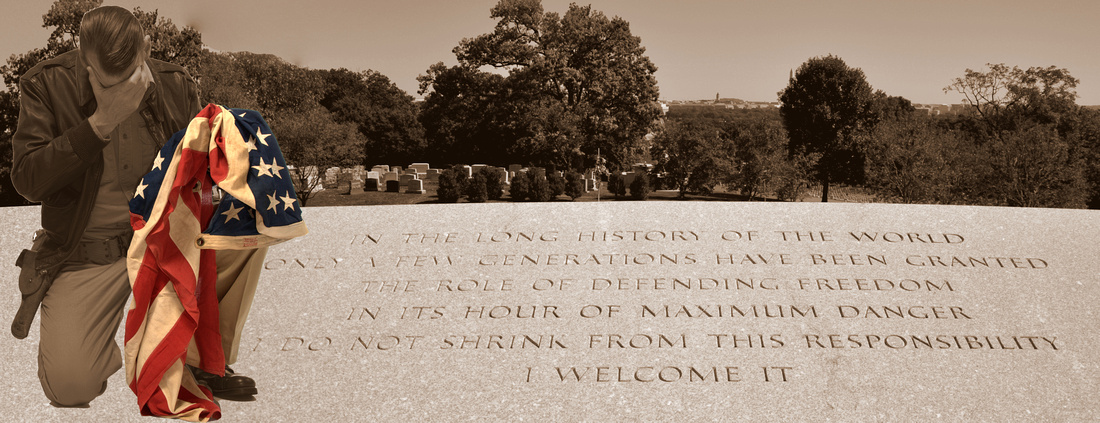 It is true that with the introduction of digital cameras photography has become part of our daily live. Digital Single Lens Reflection (DSLR) cameras have become affordable, point and shoot cameras are accessible to everyone and even cellular phones provide a fairly good quality image. Photo enthusiasts and image professionals alike have the advantage of view and share photos over the internet. There is a constant flow of photograph, this play a role in how the work of one photographer may influence the work of others. This brings us to my point, originality. Many believe that with millions of pictures taken and shared every day it is impossible to be creative and present something new, anything that has not been done or tried before.
It is true that with the introduction of digital cameras photography has become part of our daily live. Digital Single Lens Reflection (DSLR) cameras have become affordable, point and shoot cameras are accessible to everyone and even cellular phones provide a fairly good quality image. Photo enthusiasts and image professionals alike have the advantage of view and share photos over the internet. There is a constant flow of photograph, this play a role in how the work of one photographer may influence the work of others. This brings us to my point, originality. Many believe that with millions of pictures taken and shared every day it is impossible to be creative and present something new, anything that has not been done or tried before.
It is true that the task is difficult since there are millions of photographers active in the daily basis. Some have not even attempt to be original, others are easily influenced by the work of more known image professionals and even enthusiasts. Thos striving for uniqueness often get discouraged when their work look similar to what they see in the internet. Some only seek to enhance their technical ability and that is sufficient for them.
The human been is naturally drown to originality, each individual desires to be unique at one point or another. This represent an ever quest for that special shot, the one that will separate you from all other photographers. This makes it imperative for a serious photographer to find and be able to show a individual style. There is the answer; we should not be waiting for that amazing shot to show in our live. What will make you original and unique is to work every day at developing a personal style, once you find and define your style all your shots will be original and amazing even when a thousand photographers take a shot of the same subject, the same day at the same time. Yours will standout only if you have defend your own unique style.
You can use the same techniques and equipment, even the same subject others have tried millions of times before and still been unique. The answer is not to chase after the perfect shot or attempting to be innovative, it is simply to be you, authentic. Don’t look at others work for inspiration; extract that inspiration from within yourself and the environment. The daily bombardment of visual stimuli coupled with the everyday distractions and routines suffocate the creative you. Learn from others, take a closer look at yourself and the environment and start moulding your style to satisfy your own as an artist, not others. Do not compromise your artwork and do what you feel is right, follow your instinct and apply the techniques you learn from others and field comfortable to you.
Being yourself is the answer to the originality question. Become very familiar with your equipment and those techniques that best fit you. If what you are doing is been done by thousands before, you can still make it uniquely yours. Find your inner style and follow it.
]]>Executive Photographer
Just About Colors, Light, and Shadows
https://www.facebook.com/JACLS.Image
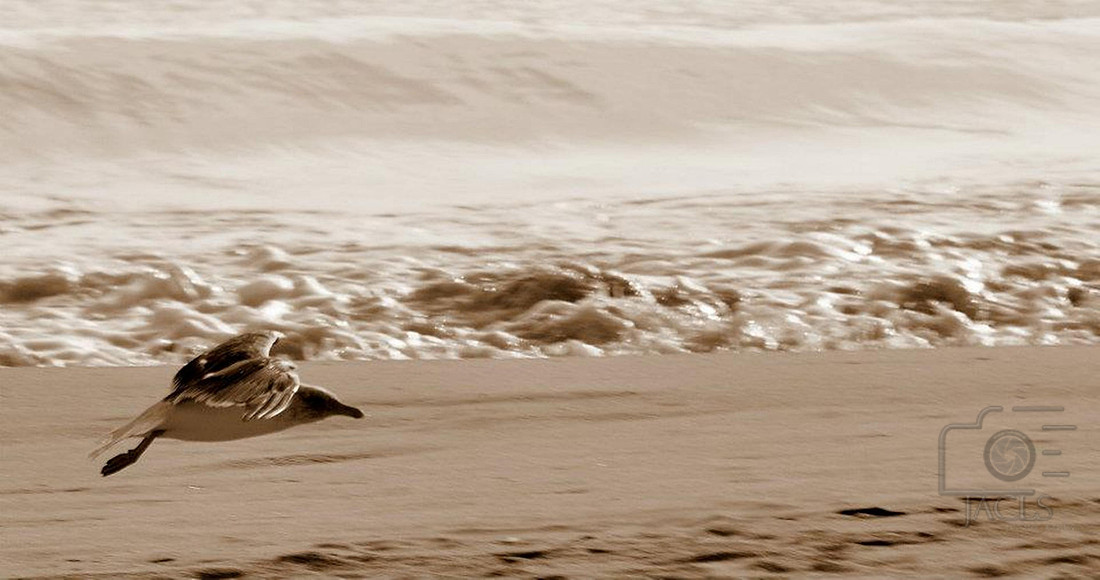
By Chip Wilder – January 12, 2013
For every light situation, there is a perfect exposure. That is, the correct amount of light is transmitted through a camera's lens to the film or light sensor to properly capture the subject image. All we need to do is adjust the three exposure elements of the camera (ISO, Aperture & Shutter Speed) to achieve this goal. To accomplish this, photographers must understand the relationships between these elements and choose the proper settings. Let’s take a closer look at each exposure element.
ISO
- This is the measurement of the light sensor’s sensitivity to light. The film equivalent is ASA rating or "film speed". With digital camera equipment, we have the ability to change the ISO setting from shot to shot while film users must use the same ISO (ASA) for the entire roll of film. The lower the ISO value, the lower the sensitivity. ISO 50 requires twice as much light than ISO 100 to record the same image. If you double the ISO number, you adjust the sensitivity of the sensor by 1 f/stop.
Lower ISO - better for well lighted & still images – less noise (fine).
Higher ISO - low light or action shots – more noise (grain).
Aperture
– The aperture setting determines the amount of light that is allowed to pass through the lens to the light sensor. These settings are expressed in f/stop values. A typical prime lens may have a range of values of f/1.4, f/2, f/2.8, f/4, f/5.6, f/8, f/11, f/16 and f/22. These are the standard values for full f/stop increments. Each increase in value (i.e. f/4 to f5.6) allows ½ the amount of light as the previous setting while each full f/stop decrease allows twice as much light through the lens. Digital cameras allow you to adjust the f/stop values in less than full f/stop increments.
Lenses that have the ability to be set to f/2.8 or lower settings are considered to be "fast" lenses" and are very desirable for low-light photography. The "depth of field" of any lens increases as you increase the f/stop value.
Lower Aperture – Less depth of field, focus more critical.
Higher Aperture – Greater depth of field, focus less critical.
Shutter Speed
– This setting controls the amount of time, the light passing through the lens, is exposed to the light sensor. If the shutter speed is slower than 1/60 of-a-second, a tripod may be required. If fast moving subjects are to be photographed, a shutter speed of 1/250 of-a-second or faster may be needed. If you double or halve the shutter speed, you have adjusted the exposure setting by 1 f/stop.
So, how do we use these different adjustments to capture images with our digital cameras? If we set it to "automatic mode", the on-board processor will select all of the exposure element settings and the results we get, may, or may not, be achieved.
Let’s use the "Sunny f/16" rule to help us determine the exposure settings. It recommends "On a sunny day, set the aperture to
f/16 and shutter speed to the reciprocal of the ISO setting for a subject in direct sunlight". Let’s assume our subject is in bright sunlight and we set the ISO value to 125. We would set the aperture to f/16, the shutter speed to 1/125 and we have our perfect exposure. Or
do we? In this shot, we want our background to be out of focus and f/16 is going to make everything in the image nice and sharp. To get the image we want, the aperture needs to be more wide open. We can increase the aperture in 1 f/stop increments and shorten the shutter speed in equal f/stop increments to get additional exposure options. Assuming an f/2, 50mm prime lens is being used, the range of options are:
f/16 at 1/125 f/11 at 1/250 f/8 at 1/500
f/5.6 at 1/1000 f/4 at 1/2000 f/2.8 at 1/4000
f/2 at 1/8000 f/22 at 1/60 (increase f/stop – reduce shutter speed)
Each of these settings allows the same amount of total light to be captured by the light sensor. So each setting is "the perfect exposure" but the images captured, will all be different. At the slower shutter speeds, moving images may be blurred or a handheld camera shot may not be possible. At the wider apertures, foreground and/or the subject may be out-of-focus. At smaller apertures, undesired elements in the scene may be in-focus and destroy the desired effect. In our example, the f/2.8 or f/4 setting would probably capture the image as planned.
In the above example, if we used a higher ISO setting, the number of exposure options would be fewer, because the camera may not have a fast enough shutter speed to open the lens wide enough to get a shallow depth of field. In like manner, if you were at Colonial Downs photographing a horse race and wanted everything in focus, the 125 ISO would not allow you to use a small aperture and a fast shutter speed to stop motion. An ISO 1000 will allow you to shoot at a range of f/16 at 1/1000 to f/5.6 at 1/8000. In a low light environment, such as a bright home interior, a 3200 ISO would give you a shooting range of f/2 at 1/1000 to f/16 at 1/15 second.
Exposure guides, hand held light meters or the camera’s internal metering system can be used to determine a starting exposure setting. Those with Smart phone devices may find exposure apps to be helpful as well. Once the final setting has been determined, a test shot will confirm it. If one feels a little uncomfortable using the manual mode but understands the concepts of the camera’s exposure elements, program mode (P)(set ISO), aperture-preferred mode (Av)(set ISO & aperture) and shutter-preferred modes (Tv) (set ISO & shutter speed) will allow them to exercise more control over the exposure process.
Photographers get the results they want, not by just the perfect exposure, but by making perfect choices of ISO, Aperture and Shutter Speed to create the images they envision.
]]>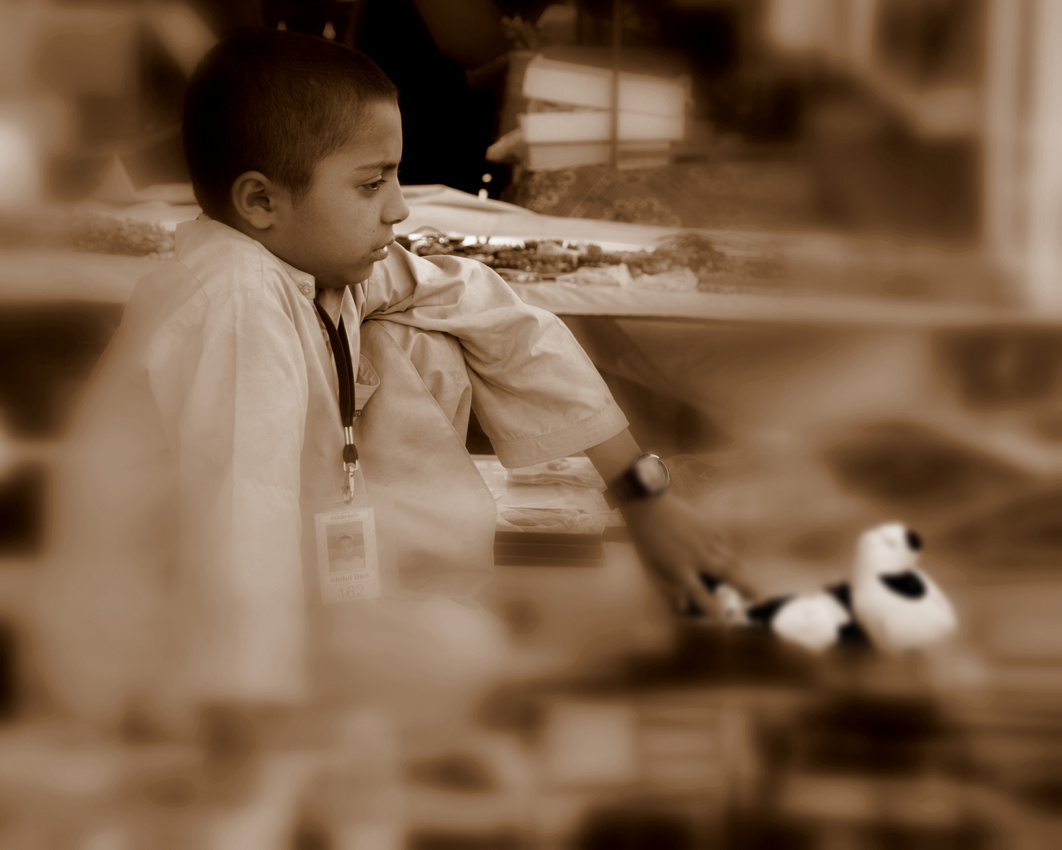
I have wanted to start a blog for some time now. Just haven't make the time for it. However like to start with this photo, taken over a yer ago in Aghanistan. A Dream Far to Reach. These children in the war zone, Afghanistan, Iraq, Somalia, Haiti, all the same. Dreaming of a better life while those expected to love and protect them exploited them as objects. These children live each day as it was their last, they don't know what to expect around the corner, a Soldier with candy, a game of soccer, an IED, or a bullet. They are used to attract customers at the bazaar, sweep mines in the field; bring the daily need to the home of 10 and more. They have been robbed of their innocence and childhood. They dream of Disney World and the Statue of Liberty, of laughter and freedom, A Dream Far to Reach, but never the less a dream worth dreaming. http://jaclsphotography.zenfolio.com/p157407935
]]>